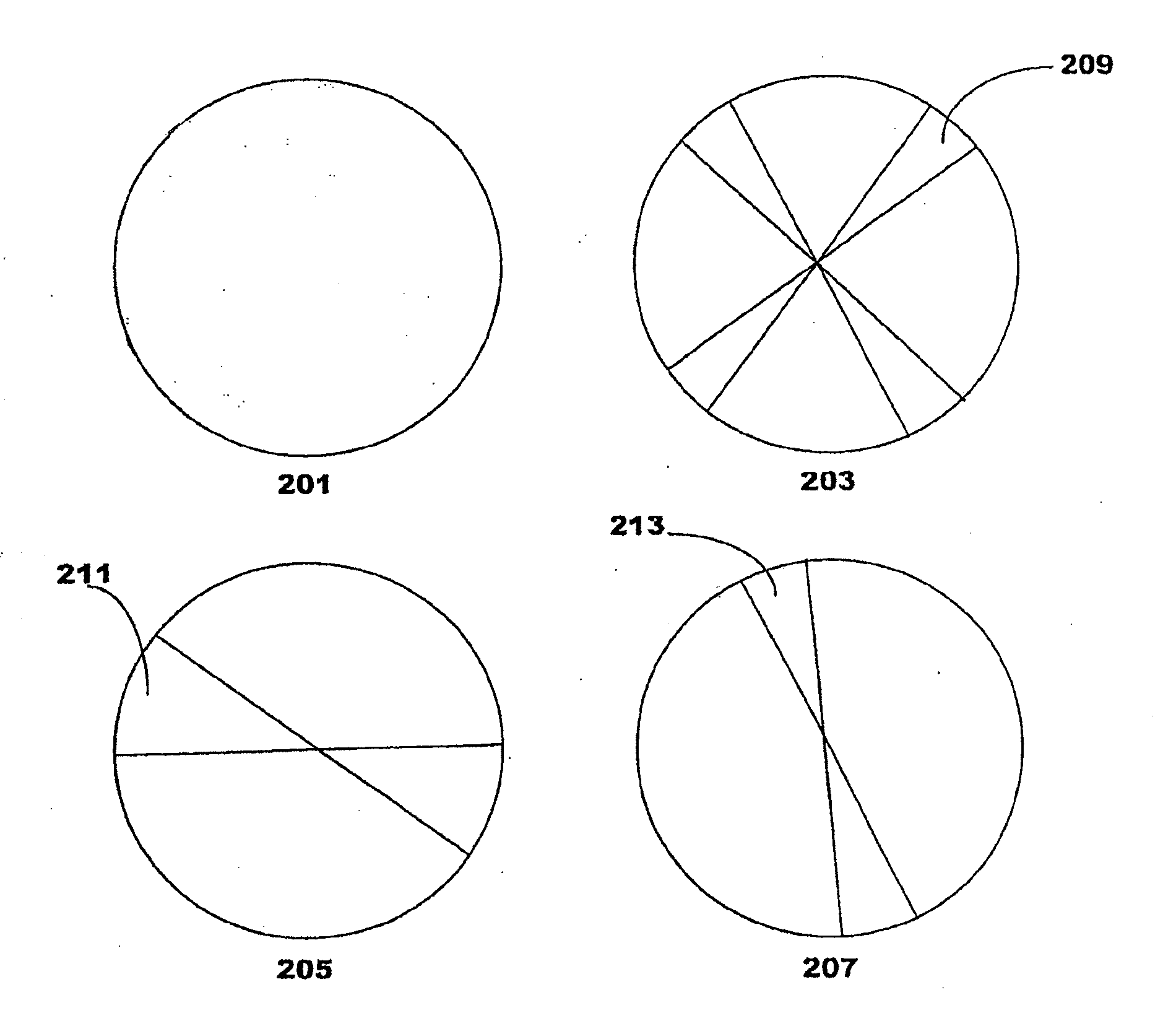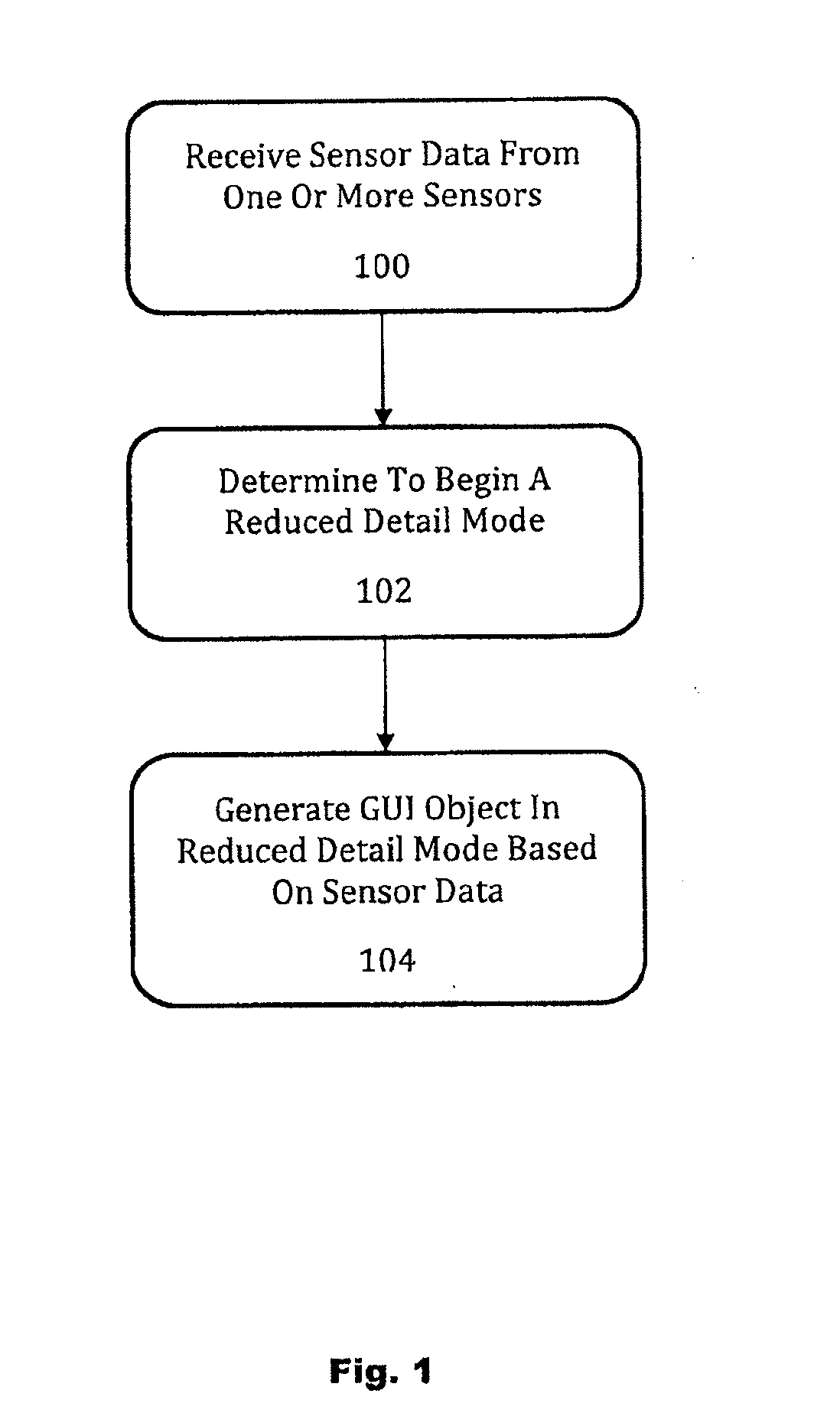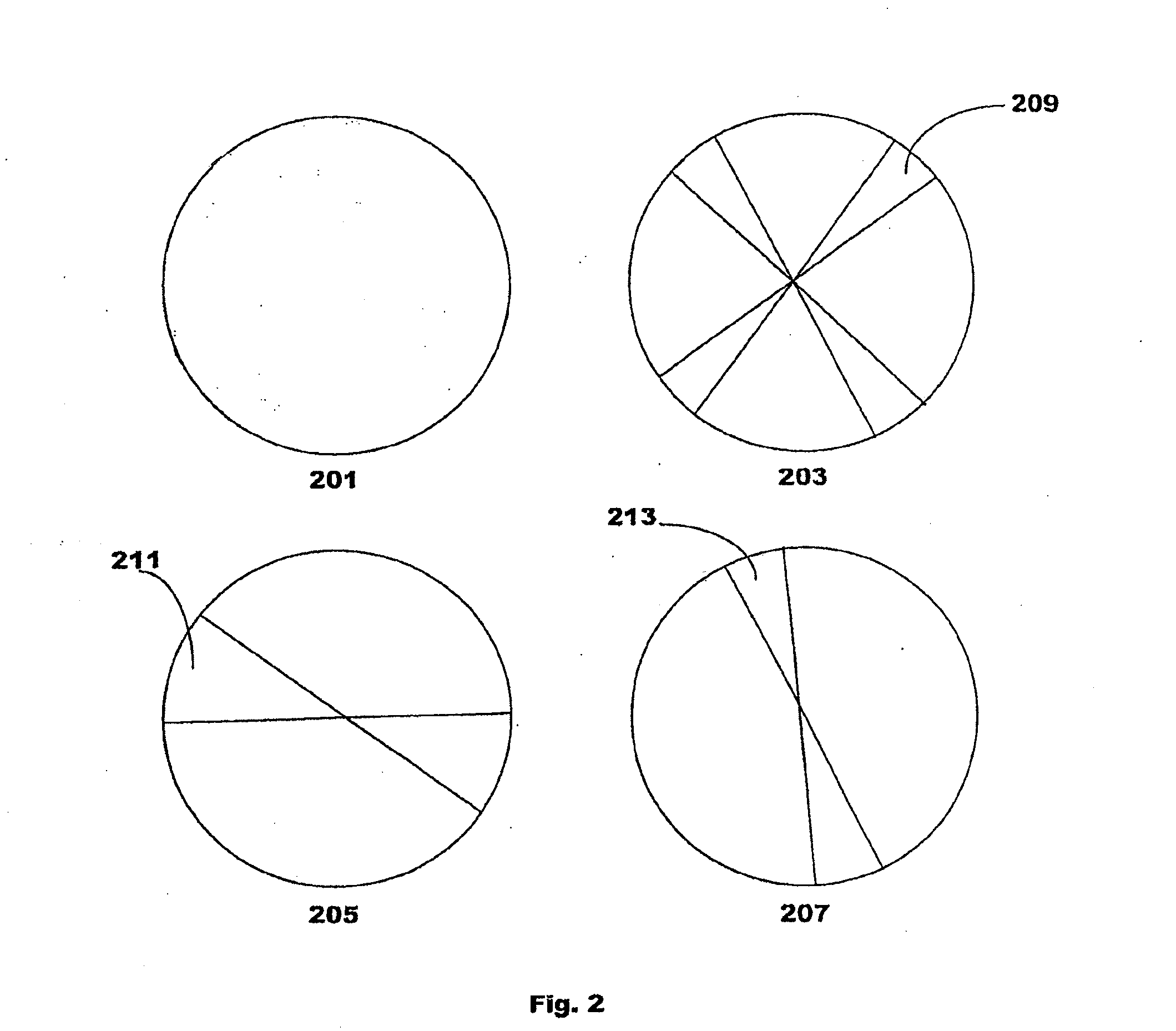Simulating physical materials and light interaction in a user interface of a resource-constrained device
a user interface and simulation technology, applied in the field of simulation of physical materials and light interactions in a graphical user interface, can solve the problems of resource-intensive continuous polling of various sensors, and achieve the effects of reducing detail, enhancing user experience, and conserving resources
- Summary
- Abstract
- Description
- Claims
- Application Information
AI Technical Summary
Benefits of technology
Problems solved by technology
Method used
Image
Examples
Embodiment Construction
[0012]In the following description of embodiments, reference is made to the accompanying drawings which form a part hereof, and in which it is shown by way of illustration specific embodiments that can be practiced. It is to be understood that other embodiments can be used and structural changes can be made without departing from the scope of the disclosed embodiments.
[0013]Various embodiments relate to simulating light interaction and physical materials in a graphical user interface (GUI) of a resource-constrained device, such as a mobile device. Simulating physical materials, such as glass and metal, in a GUI can allow a user to feel more natural in interacting with the GUI. Additionally, simulation of the same or similar materials as used to construct the exterior of the device can make the GUI feel more unified with the device as a whole. For example, a device with a brushed metal exterior can feel more unified to a user if the GUI features simulated brushed metal user interface...
PUM
 Login to View More
Login to View More Abstract
Description
Claims
Application Information
 Login to View More
Login to View More - R&D
- Intellectual Property
- Life Sciences
- Materials
- Tech Scout
- Unparalleled Data Quality
- Higher Quality Content
- 60% Fewer Hallucinations
Browse by: Latest US Patents, China's latest patents, Technical Efficacy Thesaurus, Application Domain, Technology Topic, Popular Technical Reports.
© 2025 PatSnap. All rights reserved.Legal|Privacy policy|Modern Slavery Act Transparency Statement|Sitemap|About US| Contact US: help@patsnap.com



